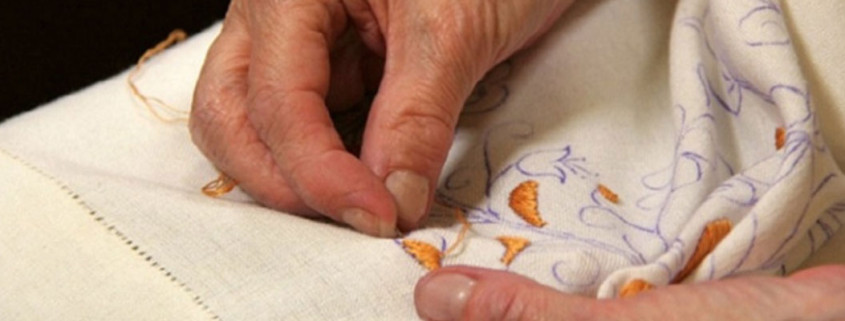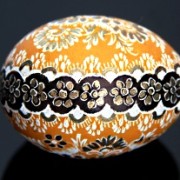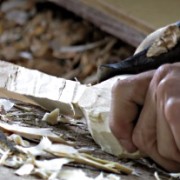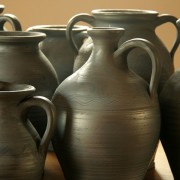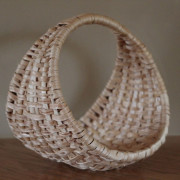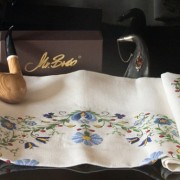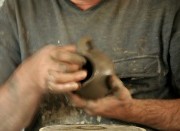Kashubian embroidery – symbolism and history
Kashubian embroidery is inspired by the beauty of nature. Flower motives are the most characteristic: pansies, cornflower, blue-bells, carnations, lillies, forget-me-nots and roses. They are presented with unusual precision and attention to detail.
Kashubian embroidery is inspired by the beauty of nature. Flower motives are the most characteristic: pansies, cornflower, blue-bells, carnations, lillies, forget-me-nots and roses. They are presented with unusual precision and attention to detail.

There are various schools of Kashubian embroidery using different characteristic motives and colour schemes.
Zukow school
The oldest school of Kashubian embroidery. The name comes from the Norbertinian convent in Zukow, where the style was developed. The popular motives include tulip, clover, rosette and heart (filled with a checkered pattern); seven characteristic kashubian colours are used.
Tuchola and Borowiec schools
The most atypical embroidery schools. Instead of using the seven traditional colours, they use the shades of gold and amber (Tuchola) and gold and brown (Borowiec).
Wejherowo school
Wejherowo embroidery may be recognized by the dominance of red and yellow and characteristic motives of dahlia, chryzanthemum, lilac leaves and cowberry.

Puck school
The nuns from Zarnowiec in their school of embroidery, so called Puck school, use several shades of blue. They introduced into Kashubian embroidery styled elements of sea holly, nets and waves.
Coif (headpiece) embroidery
It is an interesting variety, that used to be done with gold and silver threads on velvet. It decorated coifs, that is where it name comes from, but also waistcoats. Today it decorates doilies and tablecloths and it is made with white or yellow thread.

